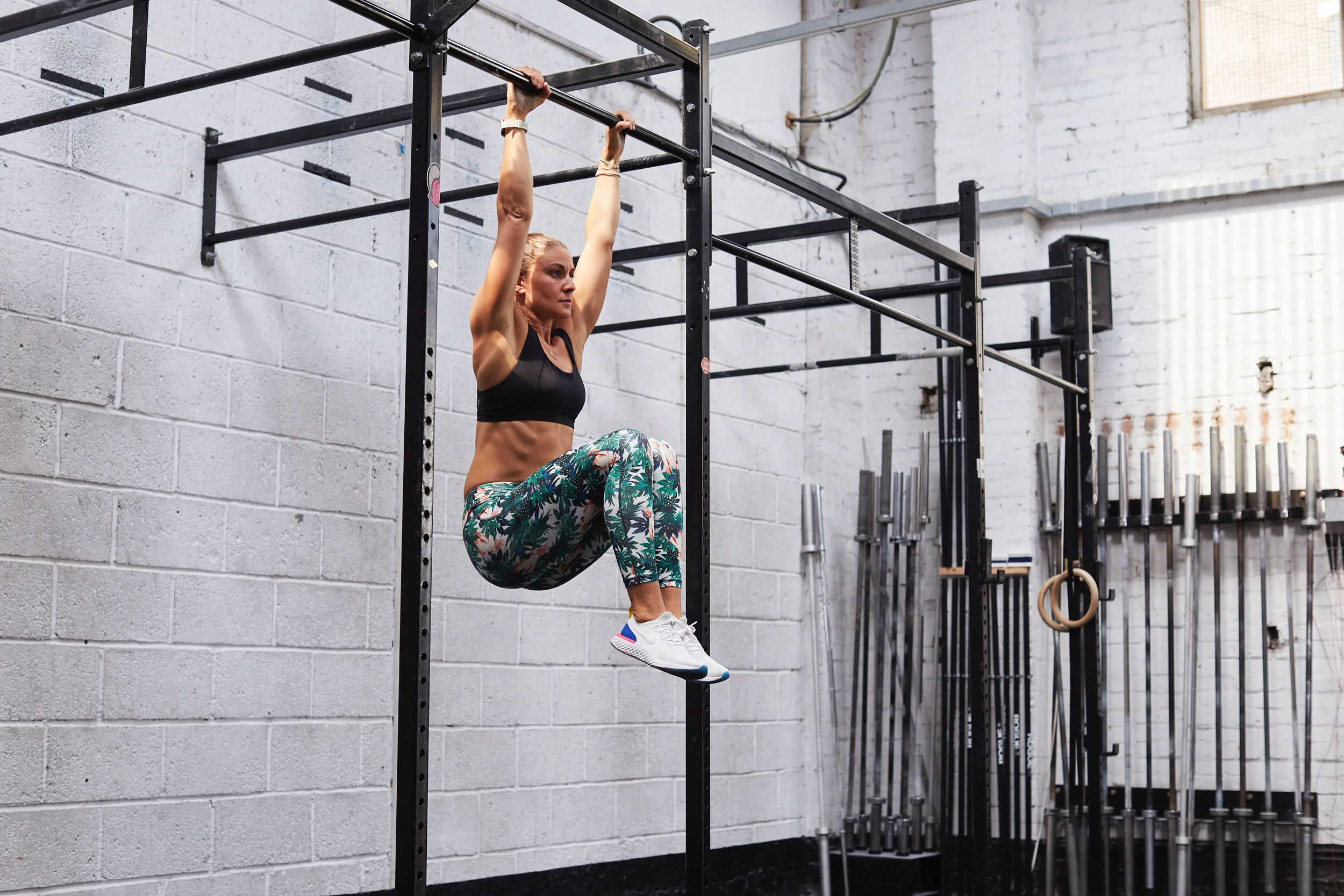Dead Hangs: A most underestimated exercise
Dead hands are more than just hanging around!
It might look like you're just hanging on a bar, but in fact, this exercise has so many benefits. It's great for everyone from beginner to advanced, no matter your goals.
Let's check out all the positive impacts:
The Benefits
Grip strength
It will help improve your ability to hold your body weight. The longer you can hold your body weight, the stronger your grip becomes! Grip strength is often the "first limitation" for other exercises such as deadlifts and chin ups, so strengthening your grip has huge benefits for the rest of your training. Find out more about grips and grip strength here.
Core Strength
When you're doing an active dead hang - tilted pelvis, rib cage squeezed, quads squeezed - your core is doing a lot of work. It is holding your body together!
Shoulder Mobility & Stability
By hanging, gravity is at work, pulling your body down. This gives a really lovely stretch response in the shoulder joint, creating more mobility as you get better. Additionally, when you're actively retracting your shoulder blades down, you're stabilising them.
Spine Decompression
As gravity pulls you down, it naturally helps to lengthen and decompress your spine. This is a great exercise for all of us who sit at desks for many hours a day.
Stretch or Strength
It's great for both! Passively hang for a great stretch or actively hang to build strength.
For Chin Ups
Whether you're a beginner and advanced in terms of chin ups, dead hangs help to build up strength and improve your chins. You need to be able to hold your body weight before you can pull yourself up!
Scapular Health
Dead hang is a great way to build the muscles around your shoulder blades. They also help you get connected to and improve the movement of the shoulder blades. It's a lot harder than you think! Check out the full article on scapular retractions here.
Learning Body Control
The core is used to control the body to stop it from swinging when you get onto the bar and go through any movement. As you build strength in your core, you will find it easier to stop yourself from swinging.
How to do a Dead Hang
Start with an overhand grip (you can do neutral and others if you prefer). If the bar is too low and you can touch the ground, bend your knees in front rather than behind to avoid arching your back. And just hang loose!
Variations
Passive Hang - Great for stretching and lengthening. No activation, just hang loose. Deep breaths. Your toes or top of your feet can touch the ground.
Active Hang - Activate! This is the ideal scenario. Create tension throughout your body - tilt your pelvis so it is tucked, activate your core, squeeze the bum and quads, actively retract your shoulder blades. Breathe.
Knees Bent - Start with an active hang. Tuck your pelvis even more and bring your knees up towards your chest, or as high as you can. It is very important to maintain that pelvic tilt and activated core to stop your back from arching. Breathe.
Scap retractions - Start with an active hang. Retract and release your shoulder blades - check out this article for more on this one.
Give it a go!











